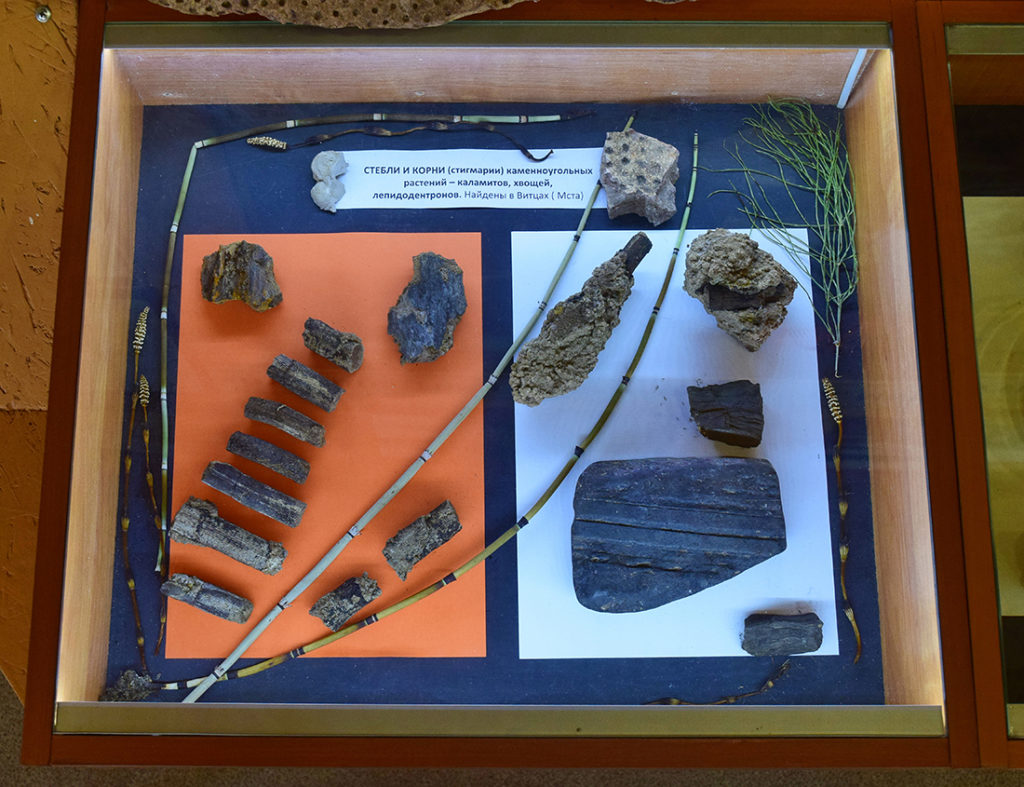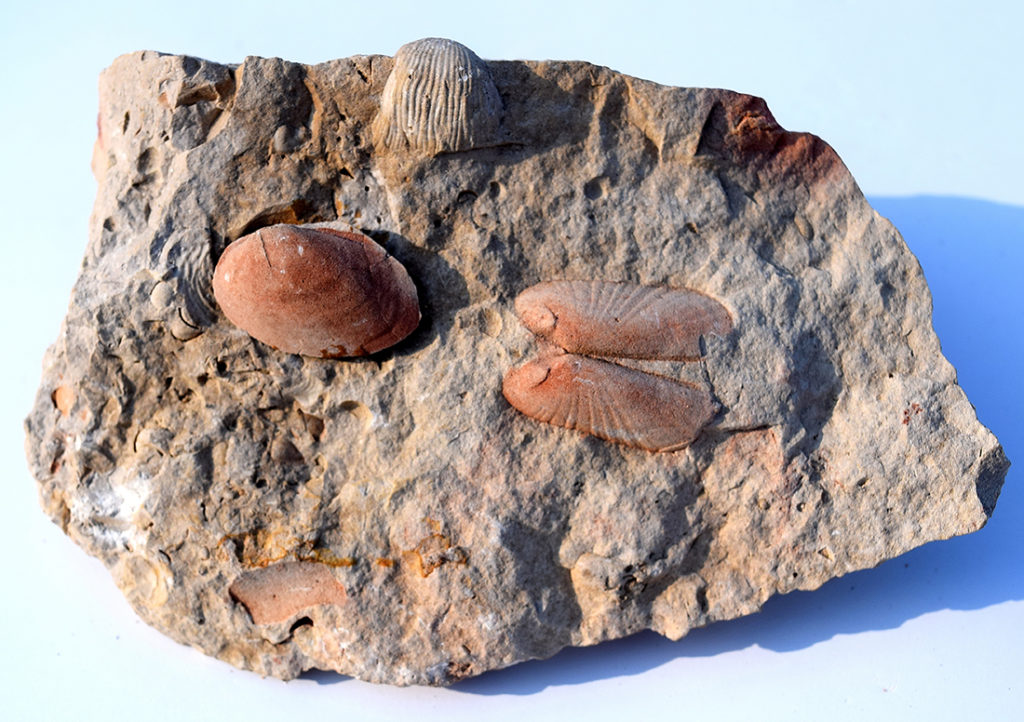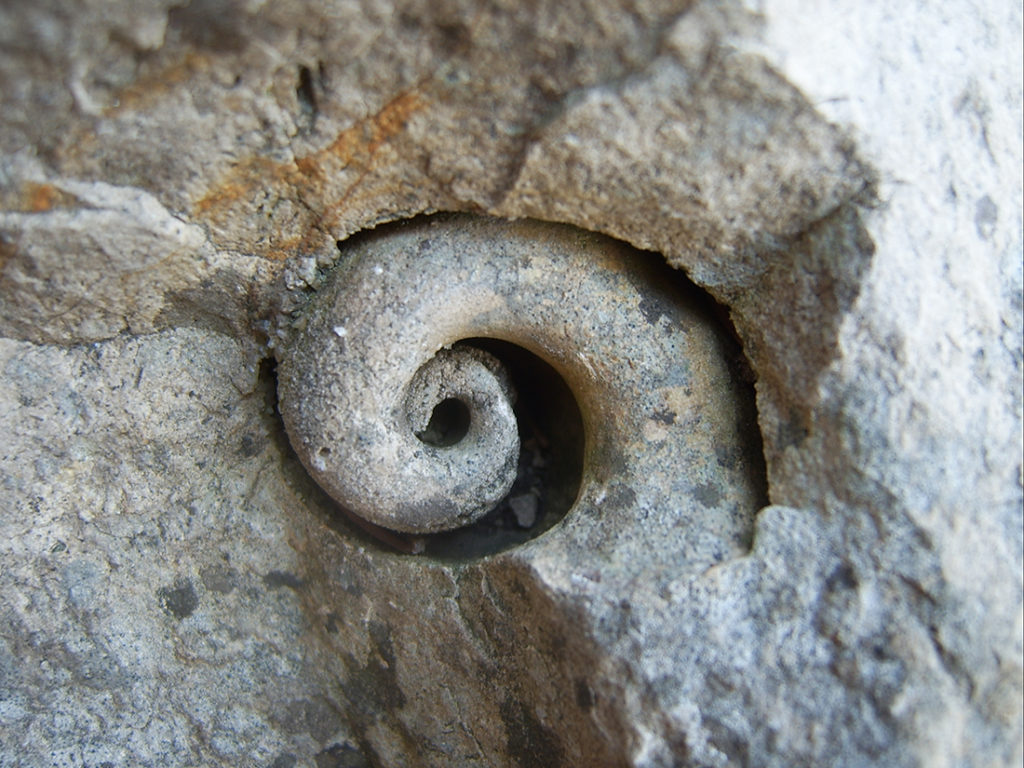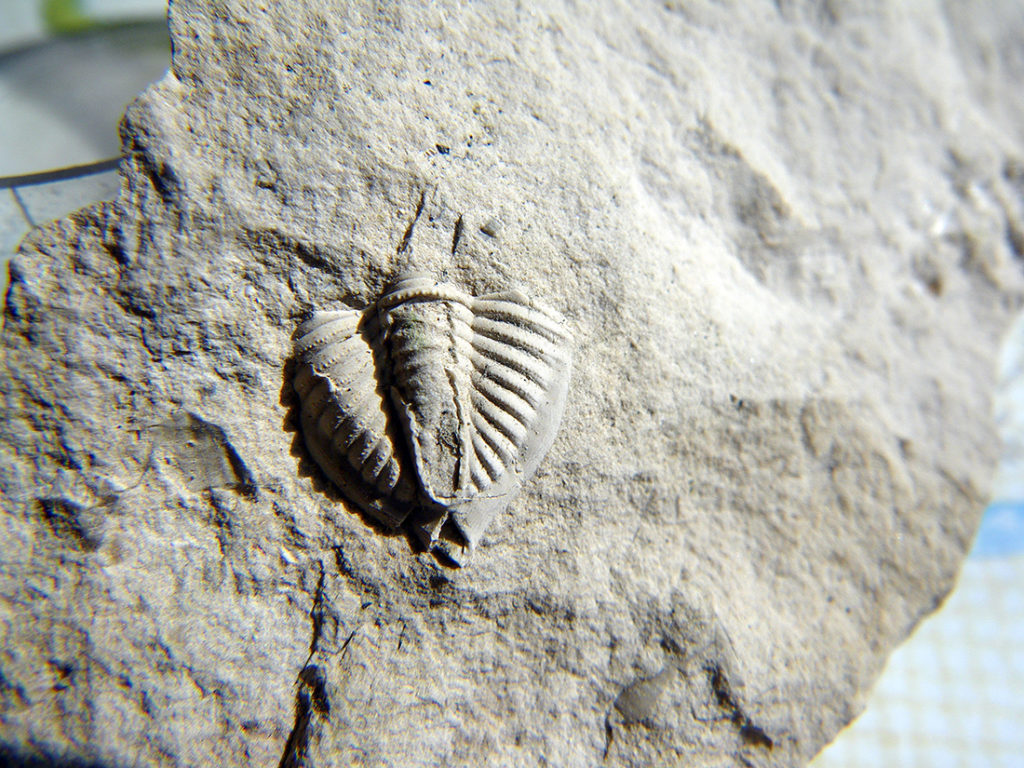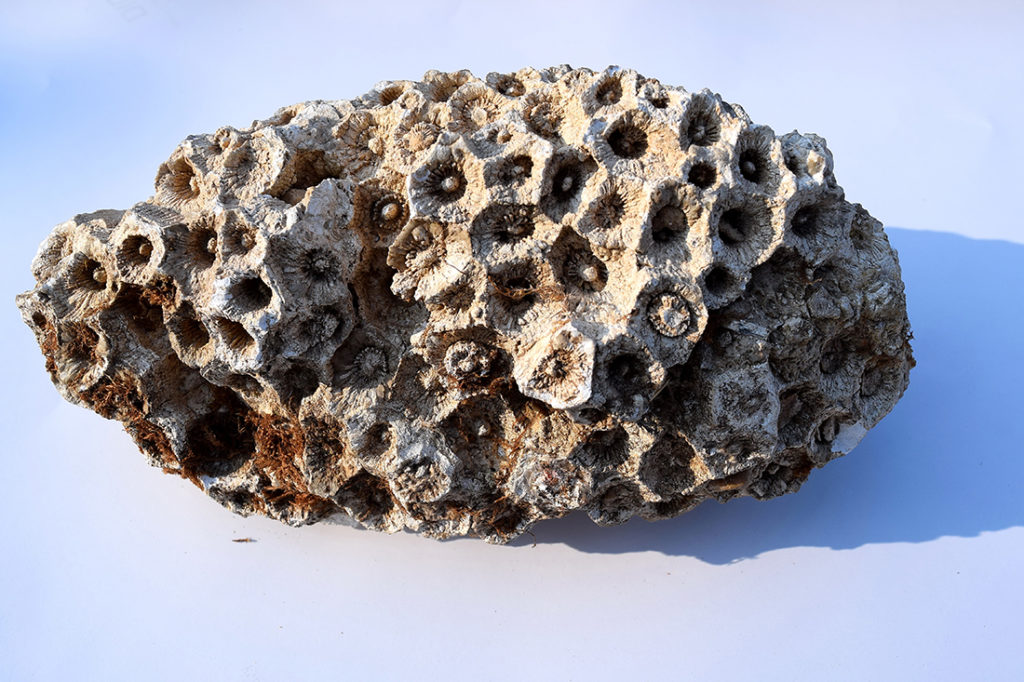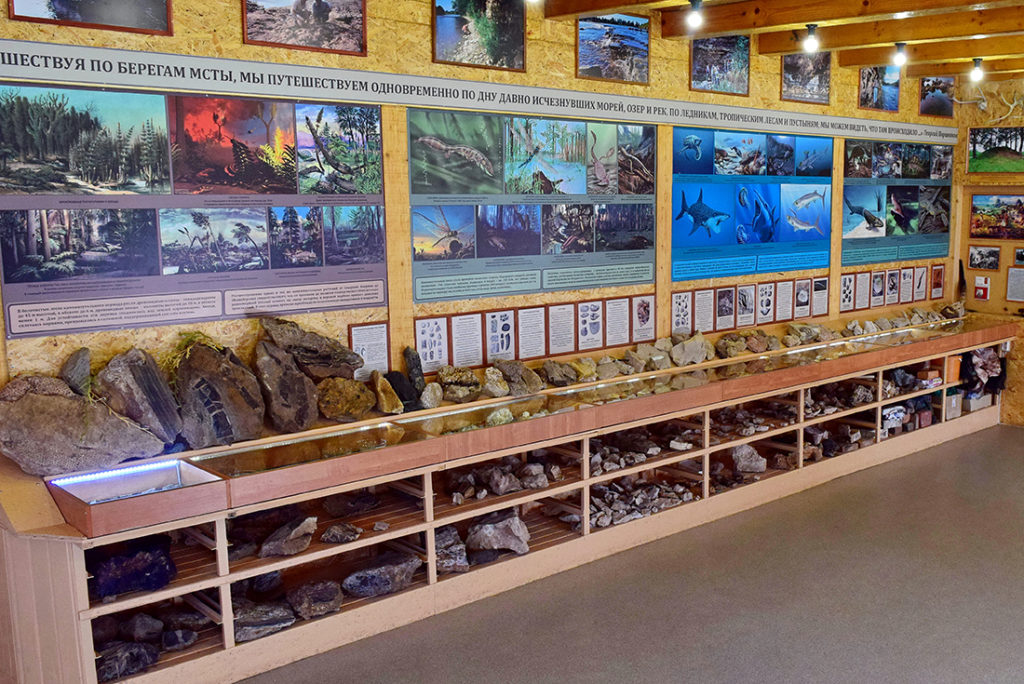Museum of Paleontology near the Mountain Msta River
Novgorod region
Contact information
Rovnoe (camping “At the threshold of Beli”), Zhelezkovskoye rural settlement, Borovichi district, Novgorod Region
Tel.: +7 (921) 192-43-63, +7 921-201-29-38
E-mail: msta-r@mail.ru
Operating hours
From 10:00 to 17:00
Excursions – by appointment
Ticket price
Entrance ticket – 50 rubles.
30-minute guided tour:
Adults – 150 rubles
Students and schoolchildren – 100 rubles
Price of an extended tour – negotiable
Founder of the museum
Vladimir Alexandrovich Nikolayev
Founder of the museum
Valery Yakovlevich Artemyev
Director of the museum
Lyubov Vasilievna Nikolaeva
Founded
2017
Fossils have been collected on the banks of the Msta river for 15 years.
At first the collection was an exhibition under a small canopy right on the beach, which attracted the interest of local residents and tourists. When the exhibits no longer fit on the shelves, enthusiasts opened the Museum of Paleontology on the territory of “At the threshold of Beli” camping.
The section of the Mountain Msta River is unique. The Mstinsky section of the lower carboniferous is the best in the entire North-West territory of the Russian platform. The river flows through Valdai hill and gives a complete picture of its structure and history.
In the high limestone banks there are beautiful specimens of flora and fauna which are more than 350 million years old and which formed the basis of the museum’s collection.
At the museum you can see pictures of ancient life and learn more about the paleontologists who studied the lower carboniferous of the Msta River from the 18th century to the present day. You can see our beautiful land in the carboniferous time in all its glory! There are prints and fossils of corals, sponges, brachiopods, trilobites, mosses, sea lilies, and hedgehogs, as well as fossilized trees such as horsetails, ferns, and lepidodendrons in this large museum collection. The museum is constantly replenished with new exhibits; recently a small collection of Devonian fish was added.

